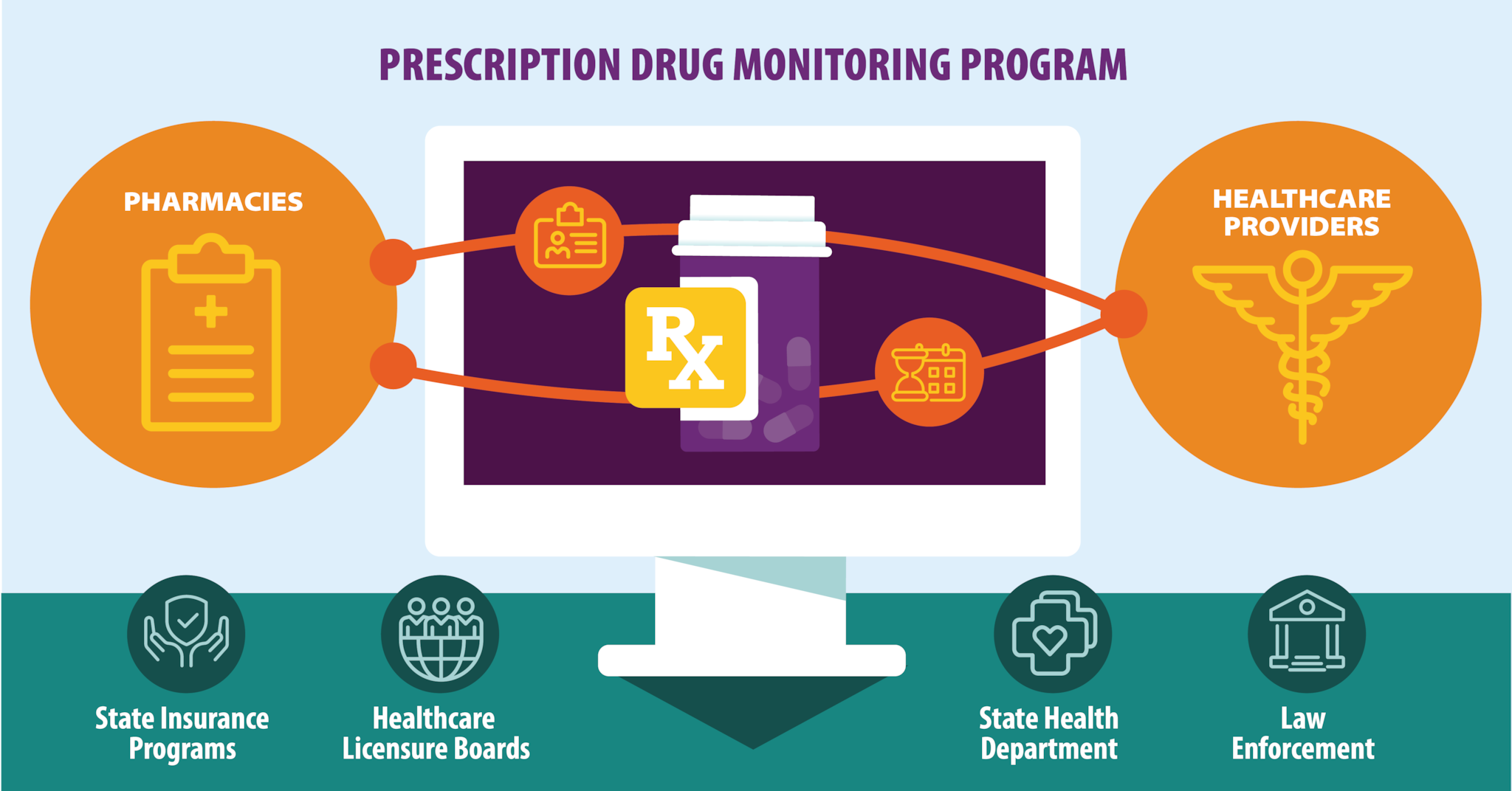At a glance
- The 2022 Clinical Practice Guideline provides voluntary guidance for clinicians who provide pain care.
- Use the content on this page to share the Guideline's key messages through your email newsletters, social media, and other communication channels.

Key messages
Patients with pain should receive safe, effective, and informed pain care.
- Pain is a complex health issue and is influenced by many factors, including biological, psychological, and social factors.
- A variety of treatment options should be available and accessible for patients with pain.
- The 2022 Clinical Practice Guideline is a clinical tool to support clinicians and patients as they work together to create and maintain safe, consistent, and effective pain treatment plans.
A planning tool for clinicians and patients
The 2022 Clinical Practice Guideline provides 12 evidence-based recommendations for primary care and other clinicians who provide pain care, including those prescribing opioids, for outpatients aged 18 years and older with:
- Acute pain (duration less than 1 month)
- Subacute pain (duration of 1-3 months)
- Chronic pain (duration of 3 months or more)
Limitations to using the Clinical Practice Guideline
The 2022 Clinical Practice Guideline is not applicable to management of pain related to:
- Sickle cell disease
- Management of cancer-related pain
- Palliative care
- End-of-life care
Other guidelines and recommendations have been developed by professional societies to guide pain care decisions for these conditions.
About this toolkit
The 2022 Clinical Practice Guideline
- Provides evidence-based recommendations to clinicians who provide care to patients with pain.
- Emphasizes that shared decision-making by patients and clinicians is critical.
- Aims to ensure equitable access to effective, informed, individualized, and safe pain management that improves patients' function and quality of life.
- Has been updated and expanded to address different types of pain and help clinicians and patients weigh the benefits and risks of a full range of pain treatment options, including prescription opioids.
Twelve recommendations for four areas
The twelve recommendations in the 2022 Clinical Practice Guideline address the following four areas:
- Determining whether or not to initiate opioids for pain (Recommendations 1, 2)
- Selecting opioids and determining opioid dosages (Recommendations 3, 4, 5)
- Deciding duration of initial opioid prescription and conducting follow-up (Recommendations 6, 7), and
- Assessing risk and addressing potential harms of opioid use (Recommendations 8, 9, 10, 11, 12)
A scientific approach
The 2022 Clinical Practice Guideline was developed using the best available scientific evidence and followed a rigorous scientific process. The process included several opportunities for community and partner engagement. CDC highly values public engagement and has ensured there were multiple opportunities to hear from and incorporate feedback from patients with pain, caregivers, clinicians, and partners.
- Sources of input used to inform the development of the Clinical Practice Guideline include:
- New scientific evidence from systematic reviews
- Community engagement to better understand the experiences of patients living with pain, their caregivers, and clinicians who provide pain care
- Federal advisory committee engagement through the Board of Scientific Counselors of the National Center for Injury Prevention and Control (BSC/NCIPC) and the Opioid Workgroup (OWG)
- Federal partner engagement
- Public comment during public BSC/NCIPC meetings and during the 60-day public comment period on the draft updated Guideline
- Peer review by external subject matter experts
- New scientific evidence from systematic reviews
The Clinical Practice Guideline is voluntary
The recommendations are intended to support, not replace, care that is individualized, flexible, and patient-centered. The Clinical Practice Guideline is not a regulation or a law. It should not be used as a rigid standard of care or inflexible, one-size-fits-all policy or law. It is a set of voluntary recommendations intended to support clinicians as they work in consultation with their patients to address pain. This publication updates and replaces the CDC Guideline for Prescribing Opioids for Chronic Pain released in 2016.
What's included
2022 CDC Clinical Practice Guideline for Prescribing Opioids for Pain
CDC Clinical Practice Guideline for Prescribing Opioids for Pain–United States, 2022 (MMWR)
Resources for clinicians
2022 CDC Clinical Practice Guideline at a Glance
Opioid Use Disorder: Diagnosis
Prescription Drug Monitoring Programs (PDMPs)
Information for patients
Opioid Therapy and Different Types of Pain
Patients' Frequently Asked Questions
Resources

@CDCgov recently released its 2022 Clinical Practice #Guideline for Prescribing #Opioids for Pain, which provides recommendations for #clinicians providing care for patients with pain.

All patients with pain should receive safe, effective, individualized, and informed pain care. CDC's 2022 Clinical Practice Guideline offers recommendations to improve pain care for patients and support patient/clinician communication. https://bit.ly/3FzznNL

CDC released the 2022 Clinical Practice Guideline for Prescribing Opioids for Pain, updating and replacing the 2016 guideline. The 2022 guideline includes new evidence and recommendations on acute, subacute, and chronic pain.
Patients living with pain should receive safe, effective, individualized, and informed pain care. The 2022 CDC Clinical Practice Guideline aims to ensure equitable access to pain care that improves individuals' function and quality of life, while reducing risks associated with opioids.
The 2022 Clinical Practice Guideline is intended to help improve communication between clinicians and patients and empower them to make informed, patient-centered decisions related to safe and effective pain care. https://bit.ly/3FzznNL
Subject Line: CDC rolls out the 2022 Clinical Practice Guideline for Prescribing Opioids for Pain
Title: New guideline provides evidence-based recommendations to help patients and clinicians make informed, patient-centered decisions about effective pain care.
Pain is one of the most common reasons adults seek medical care here in the United States. All patients with pain should receive safe, effective, and informed pain care options. CDC has released a new guideline to support patients and clinicians in reaching their goals for pain care and function.
CDC's 2022 Clinical Practice Guideline for Prescribing Opioids for Pain, which updates and replaces the 2016 CDC Guideline, is a clinical tool to improve communication between clinicians and patients and empower them to make collaborative, individualized, and informed decisions related to pain care. It provides 12 voluntary recommendations for clinicians providing pain care and includes expanded guidance for treatment of acute and subacute pain. The 2022 Clinical Practice Guideline incorporates new evidence to help primary care and other clinicians weigh the risks and benefits of a full range of pain treatment options, including prescription opioids.
The release of the 2022 Clinical Practice Guideline is an important step towards promoting safe and effective pain care. Share and promote the 2022 Clinical Practice Guideline and related resources:
Health Equity and Drug Overdose
















